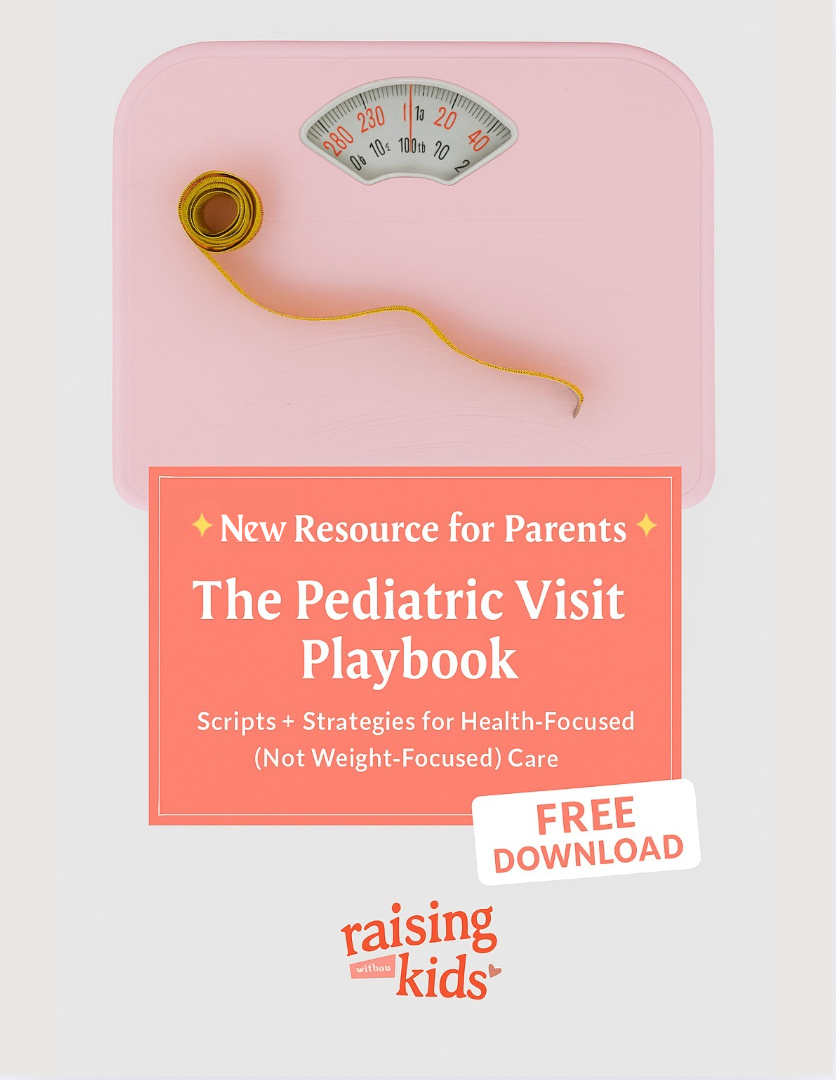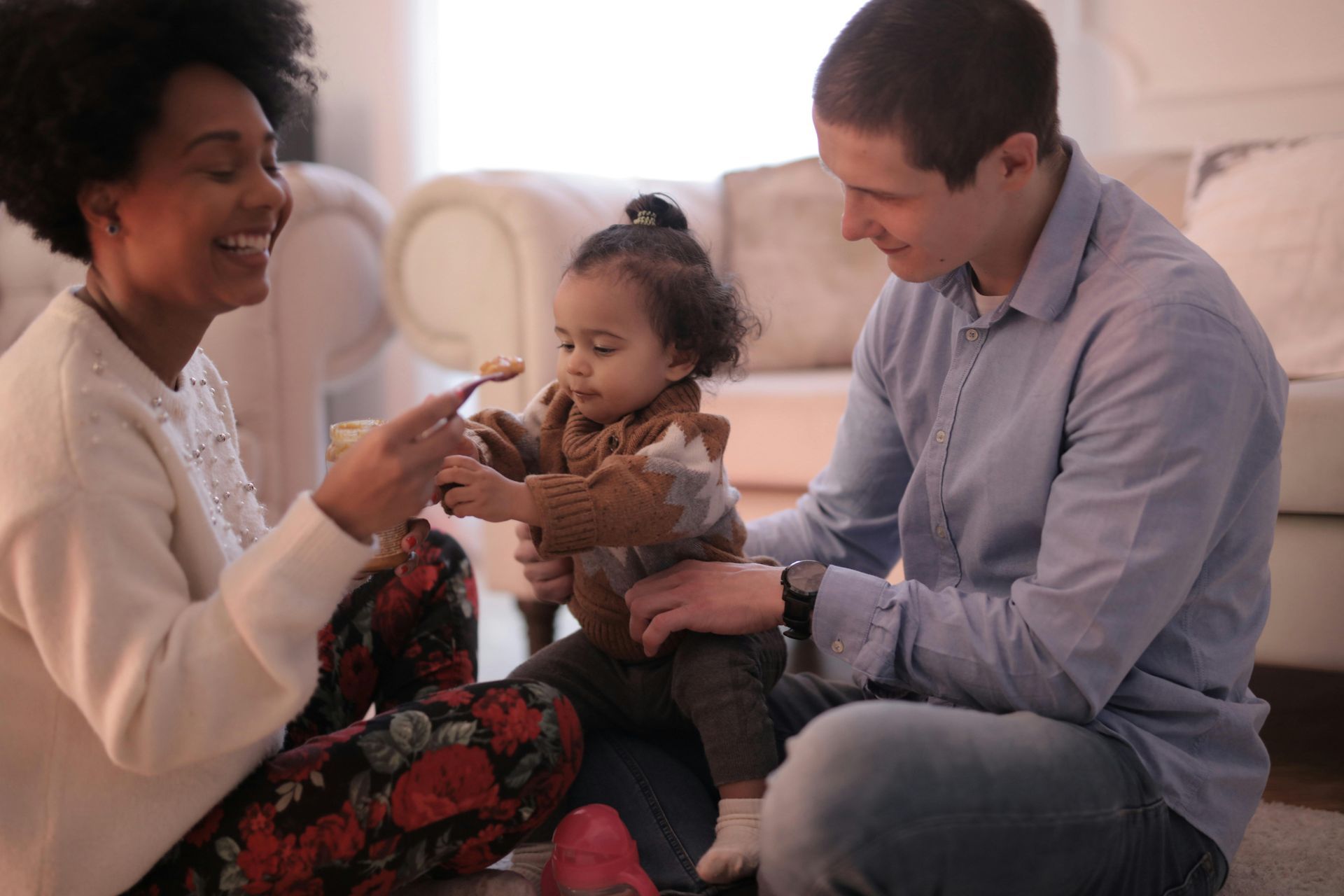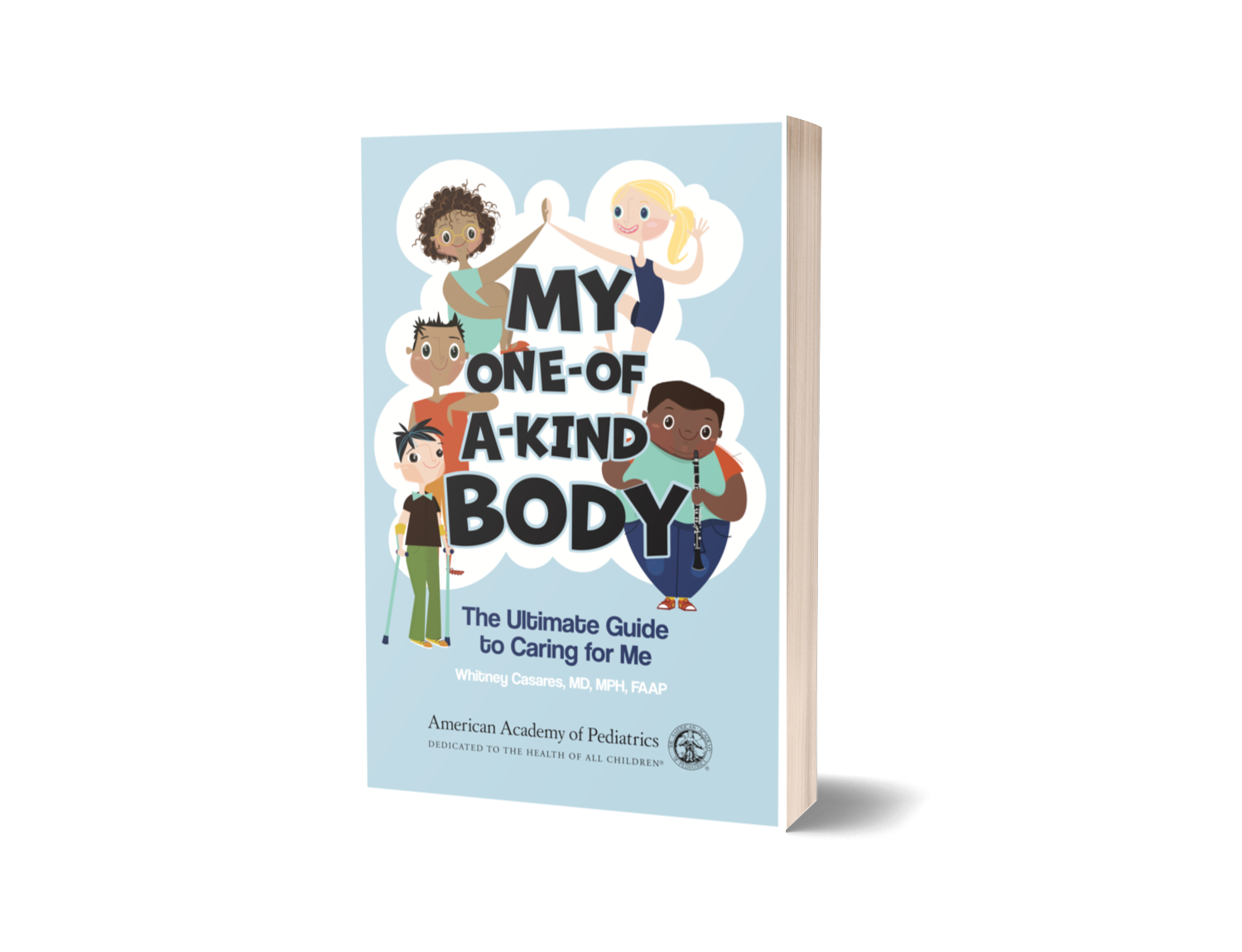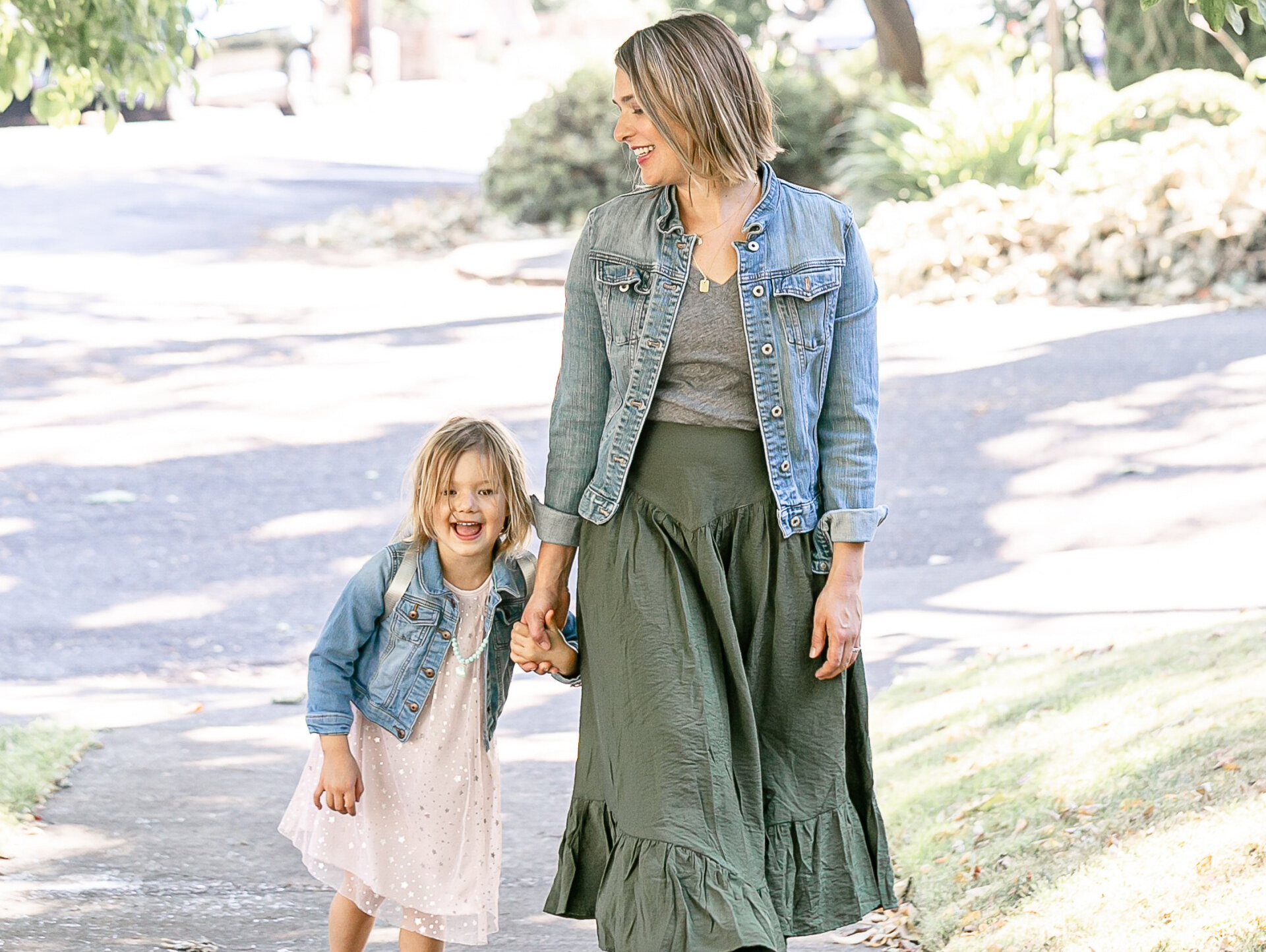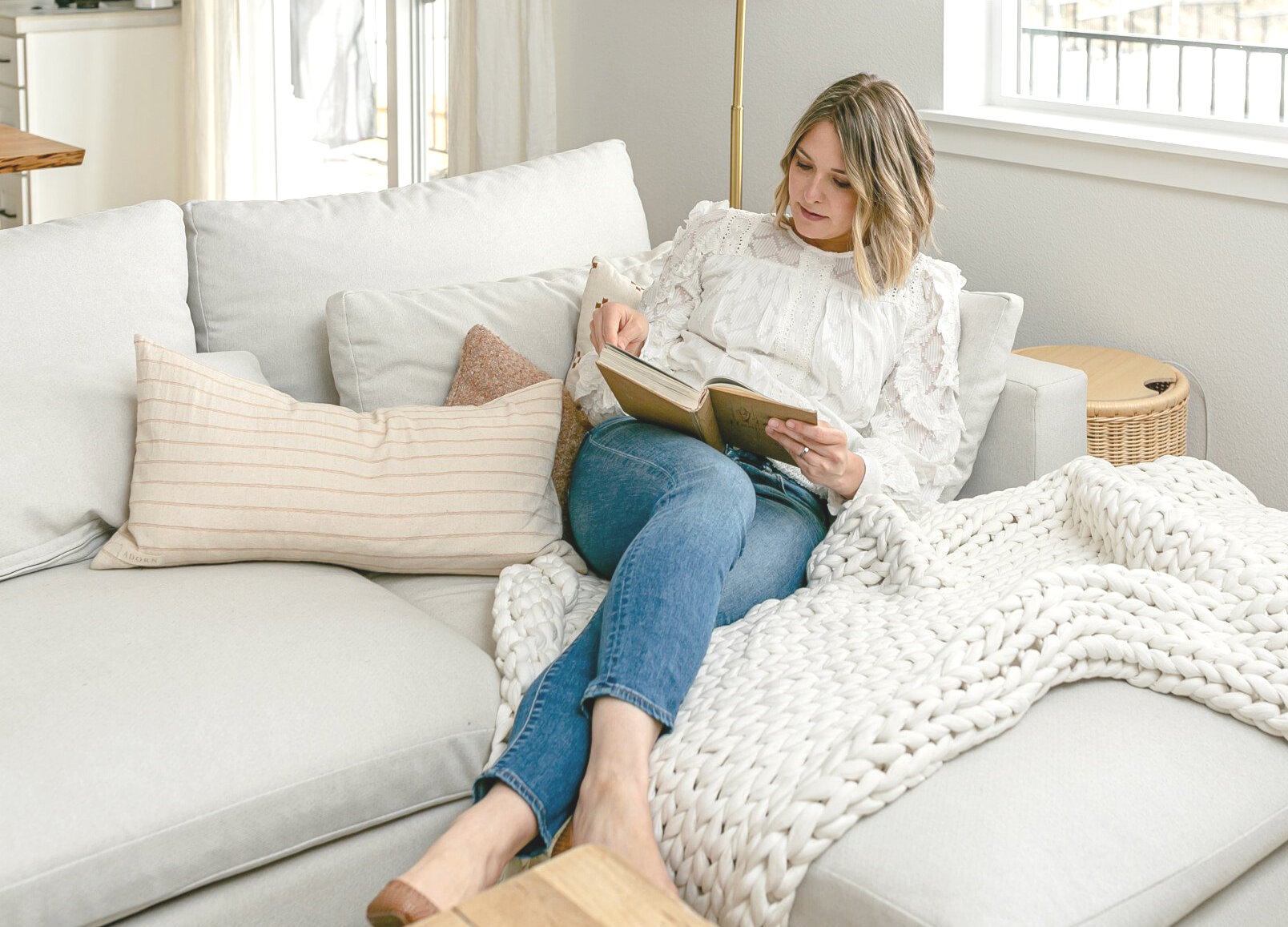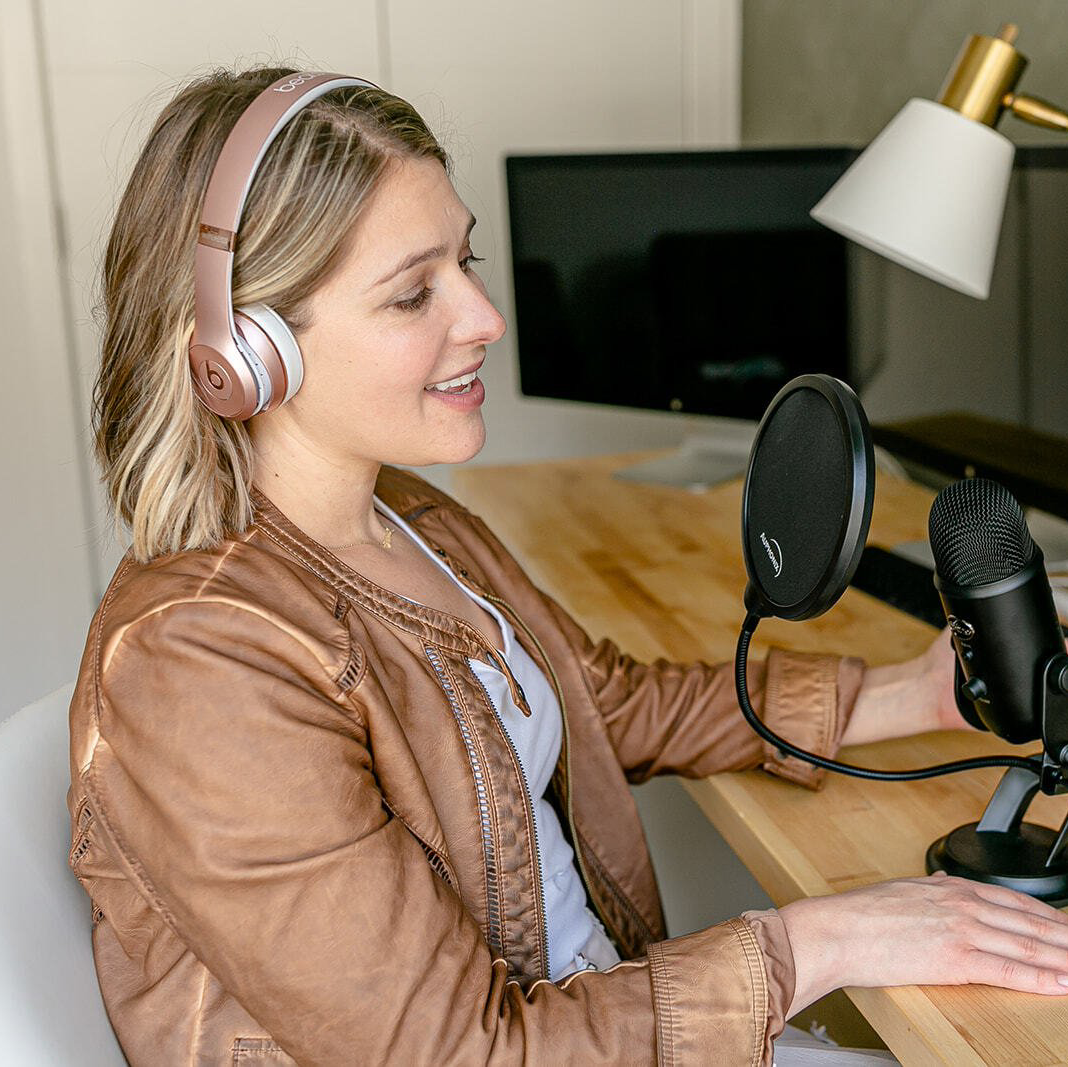Caring for a baby or toddler with a cold can be stressful, especially when they’re too young to fully communicate how they’re feeling. But don’t worry! With the right guidance and strategies, you can help alleviate their discomfort and support their recovery.
1. Recognizing Cold Symptoms in Babies and Toddlers
Colds are common in babies and toddlers, especially as their immune systems are still developing. Early symptoms can include:
- Runny or stuffy nose: This is often the first noticeable symptom.
- Coughing: This may develop a few days after other symptoms appear.
- Sneezing: Common as the body tries to clear irritants from the nose.
- Fever: Mild fever (100.4°F to 102°F) is typical in colds.
- Decreased appetite: Congestion can make eating or breastfeeding difficult.
- Irritability: Uncomfortable symptoms can make babies or toddlers more fussy than usual.
- Fatigue: Your little one when they’re congested. Be sure to clean the humidifier regularly to prevent mold buildup.
You can also create steam by running a hot shower and sitting with your baby or toddler in the bathroom, where the warm, moist air can help loosen congestion. Just be sure to never leave your child unattended near any steam or water source.
2. Nasal Saline Mist and Nose Aspirators
If your baby or toddler has a stuffy nose, a saline nasal mist (such as Zarbee’s Baby Saline Mist) is an excellent alternative to traditional saline drops. Saline mist can help loosen mucus and ease breathing by moisturizing the nasal passages. After using the mist, you can gently clear your baby’s nose using a soft nose aspirator or a bulb syringe. These tools can help you clear the nasal passages, improving their ability to breathe and feed.
3. Elevating the Head During Sleep
When your little one is congested, try to elevate the head of their crib or bassinet to help ease breathing. Don’t use pillows in the crib, as they pose a suffocation risk. Instead, you can place a small wedge or towel underneath the mattress to create a gentle incline. For toddlers, consider propping them up with an extra pillow to make it easier for them to sleep.
4. Managing Fever in Babies and Toddlers
For more guidance on dosing acetaminophen and ibuprofen, refer to the specific dosing charts on HealthyChildren.org:
Fever is a common symptom of a cold, and it’s your baby’s or toddler’s way of fighting off infection. Understanding when to treat a fever and how to manage it can be tricky, so here’s what you need to know:
- Mild Fever (100.4°F to 102°F)
- Moderate Fever (102°F to 104°F)
- High Fever (105°F and higher)
5. Recognizing Labored Breathing in Babies and Toddlers
Labored breathing is an important sign to watch for when your baby or toddler is sick. It indicates that they are struggling to get enough oxygen, and it’s a sign that medical attention may be necessary. Common signs of labored breathing include:
- Retractions: This occurs when the skin between the ribs, under the ribcage, or above the collarbone pulls in with each breath. This is a sign that the child is working harder to breathe.
- Tachypnea: This is rapid breathing — usually more than 60 breaths per minute in infants and more than 40 breaths per minute in toddlers.
- Nasal Flaring: The nostrils flare open wider than normal with each breath. This indicates increased effort to breathe.
If you notice any of these signs of labored breathing, or if your child seems to be struggling to catch their breath, contact your pediatrician immediately or seek urgent medical care.
6. Cough Remedies and What Works
Many parents reach for over-the-counter cough and cold medicines, but these are often ineffective and can even pose risks to young children. In fact, most over-the-counter medications don’t work well for kids under 4, and many contain ingredients that aren’t safe for babies and toddlers.
A natural remedy that has been shown to work is honey. According to research, honey can help soothe a cough and improve sleep quality in children. However, it should only be given to children aged 1 year and older. For babies under 1 year, honey should not be used due to the risk of botulism, a rare but serious illness.
If your toddler is old enough, a spoonful of honey before bedtime can help calm their cough and ease discomfort. Just be sure to monitor your child’s reaction, and consult your pediatrician if you have any concerns.
7. Preventing the Spread of Germs
Since colds are highly contagious, especially in group settings like daycare, there are a few steps you can take to minimize the risk of spreading the virus:
- Wash your hands frequently, especially after wiping your child’s nose or handling used tissues.
- Disinfect toys, pacifiers, and frequently touched surfaces like doorknobs and light switches.
- Keep your baby or toddler away from other children or adults who are sick to reduce the chances of further exposure.
- Breastfeeding continues to be an excellent way to boost your child’s immune system and offer them additional protection during times of illness.
8. Managing Pink Eye (Conjunctivitis)
Pink eye is a common illness in children and can accompany colds. It occurs when the tissue covering the white part of the eye becomes inflamed. Symptoms vary based on the cause:
- Viral Pink Eye: Watery, red, and swollen eyes; often resolves within 5-7 days.
- Bacterial Pink Eye: Yellow or green discharge, crusted eyelids; requires antibiotic eye drops or ointments.
- Allergic Pink Eye: Itchy, watery eyes caused by allergens; treated with antihistamines.
Prevent the spread by encouraging handwashing, disinfecting surfaces, and avoiding eye rubbing. Consult your pediatrician to determine the cause and appropriate treatment, especially if your child’s symptoms persist or worsen.
Final Thoughts
To explore more about children’s health and parenting, visit HealthyChildren.org. Additionally, my books, The Working Mom Blueprint and The New Baby Blueprint, offer insights and strategies for navigating parenthood.
Caring for a sick baby or toddler can be emotionally and physically draining, but with a little knowledge and preparation, you can make the process easier for both of you. Monitor your child’s symptoms, provide comfort at home, and know when to seek medical help. Most colds will resolve on their own, but it’s always better to consult your pediatrician if you have any concerns. Stay informed, stay calm, and know that this too shall pass!


